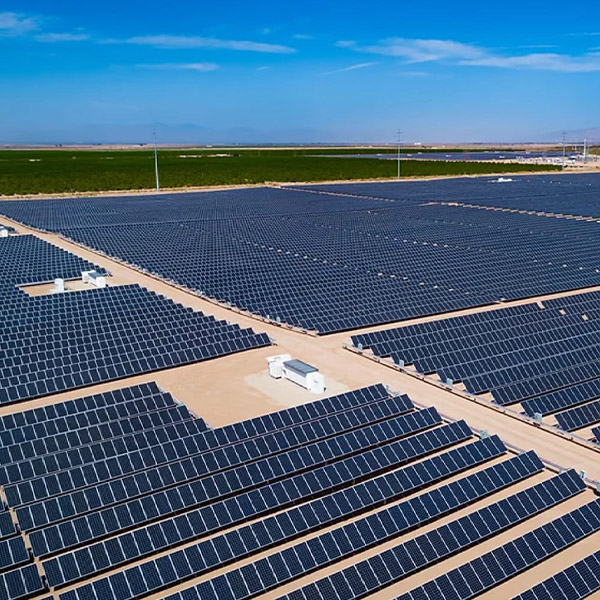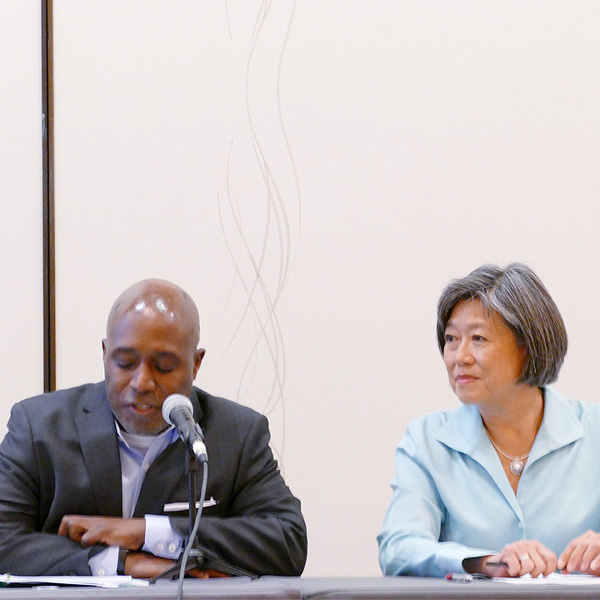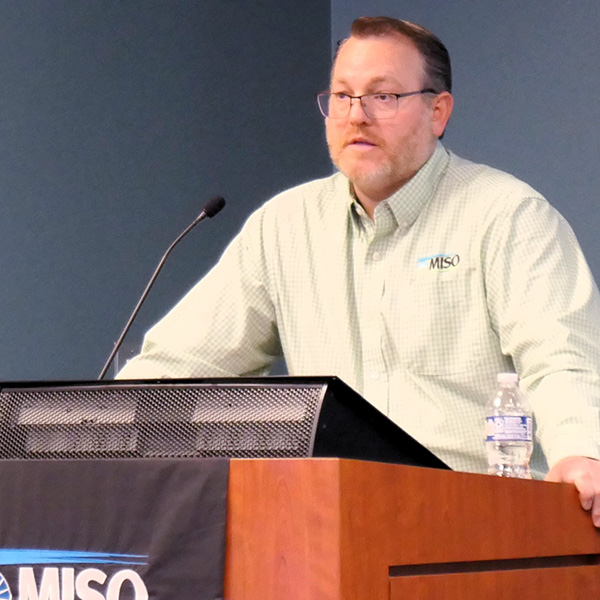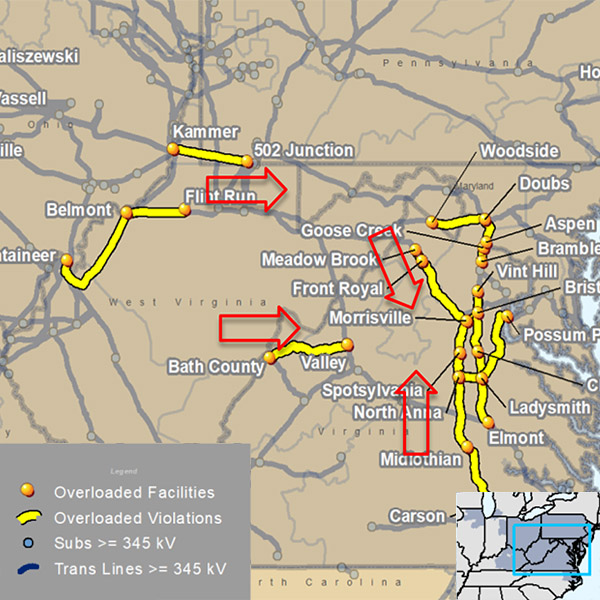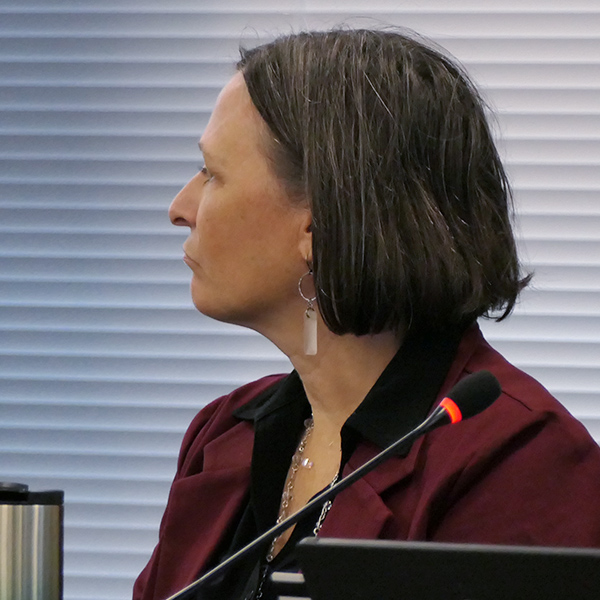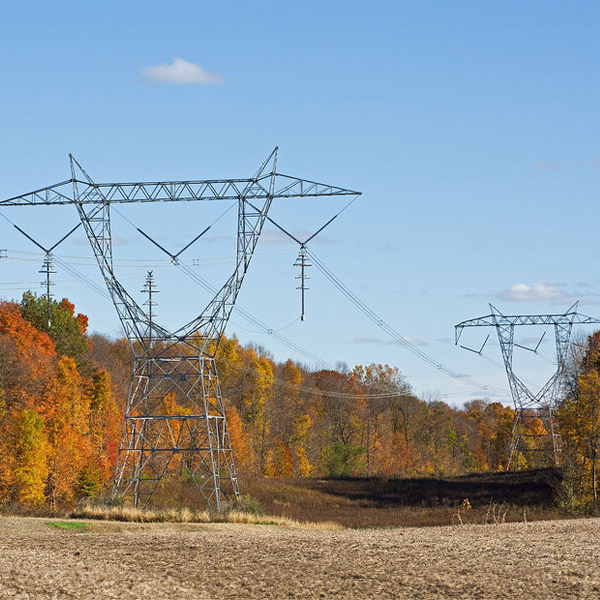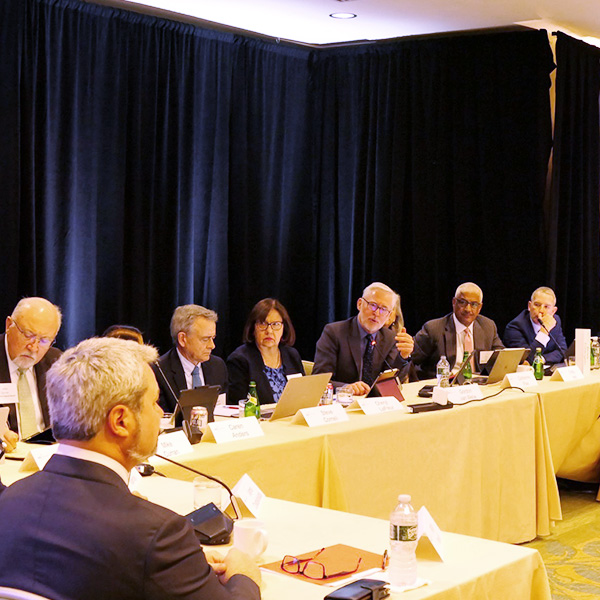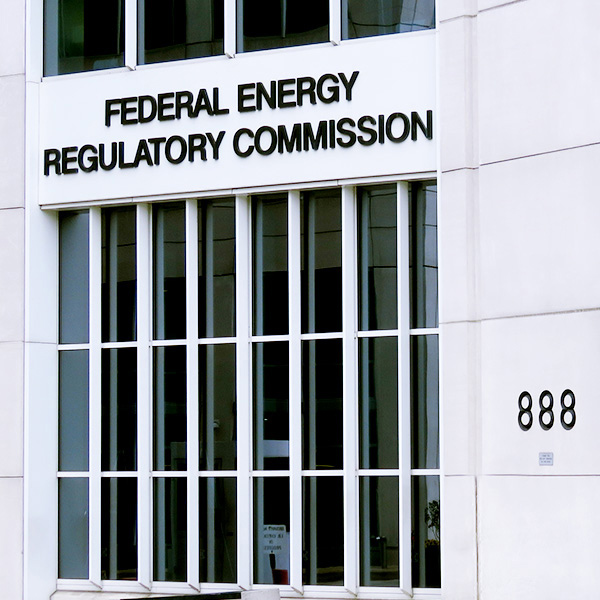Transmission
A nonprofit that wants to invest up to $1 billion into PG&E's transmission system received approval to join CAISO as a participating transmission owner.
The NARUC board adopted a resolution emphasizing the role GETs and high-performance conductors can play in reducing customer costs and improving reliability.
MISO said it will design an expedited resource adequacy study process so generation projects in the interconnection queue that are needed for capacity sufficiency will get grid treatment sooner.
PJM’s Planning Committee endorsed an issue charge to examine a “disconnect” around risk modeling showing loss of load risk has shifted from summer peaks to the winter and the calculation of zonal capacity emergency transfer limits.
MISO members are mulling an advisory vote on whether to support the RTO’s $21.8 billion long-range transmission plan portfolio while tensions simmer over the necessity of the expansion.
BPA's biggest risks in joining SPP’s Markets+ come down to footprint size and the limited transmission connectivity between the Northwest and Southwest entities most inclined to join the market, agency executives said.
Newly minted American Electric Power CEO Bill Fehrman is promising to “embrace large load opportunities,” leverage its expertise in 765-kV transmission and deliver more positive regulatory outcomes.
An ongoing labor dispute at the hotel hosting ISO-NE’s annual open board meeting drove sparse attendance and harsh criticism from members of consumer and climate advocacy groups.
Change is coming to FERC after Tuesday's election, but the policies the agency oversees are rarely top of mind during campaigns, so it is unclear how much will be different.
MISO said unless stakeholders can come up with an alternative it hasn’t explored, it will have to renew its sole system support resource — Manitowoc Public Utilities’ Lakefront 9 coal unit — for another year.
Want more? Advanced Search
